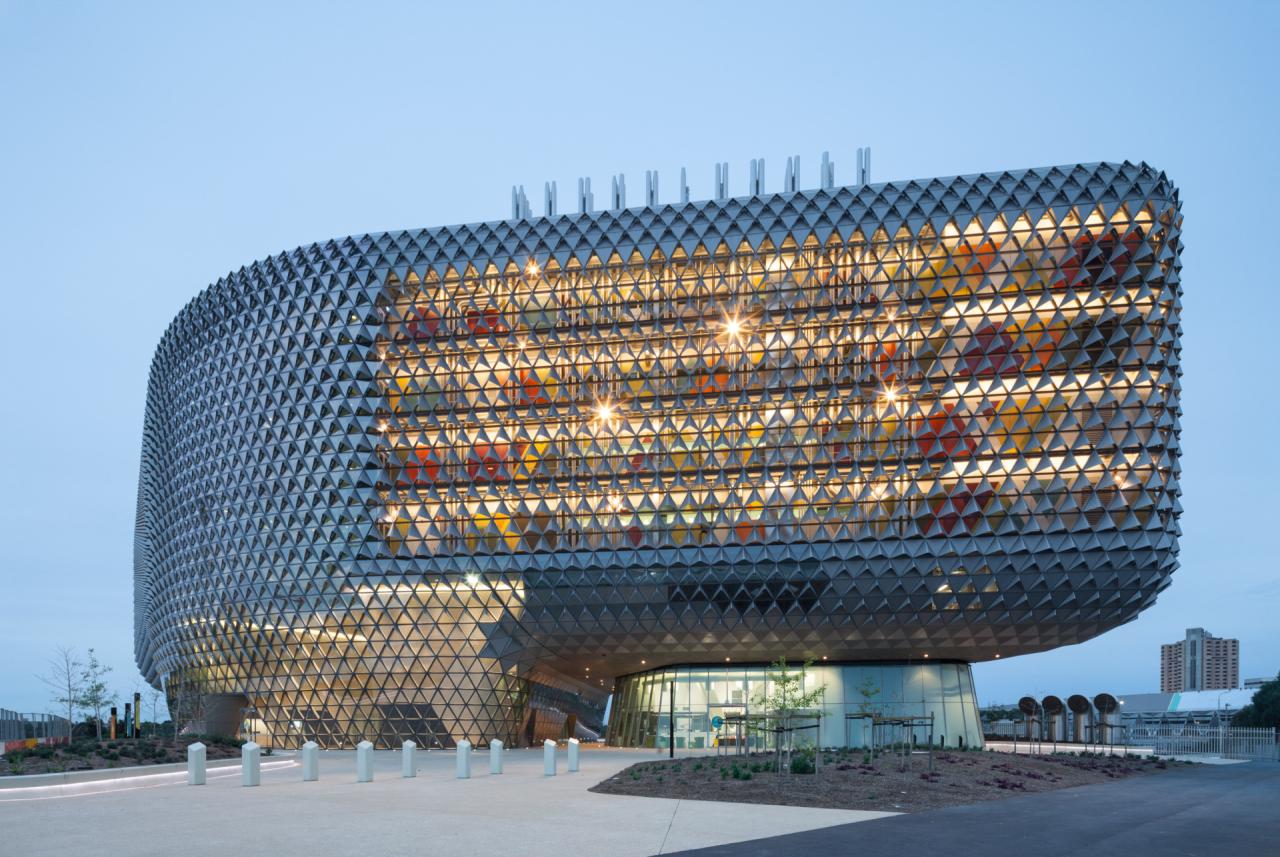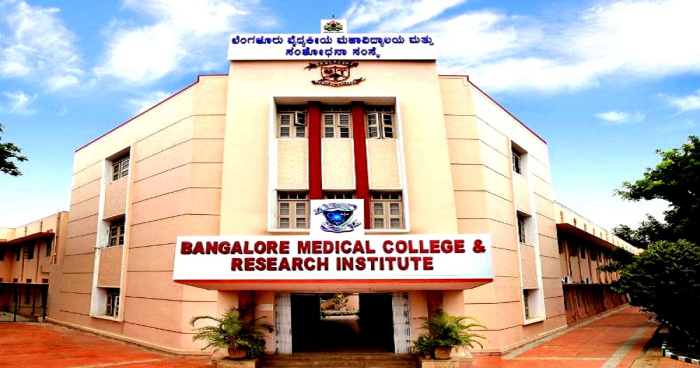
The pursuit of medical breakthroughs relies heavily on the world’s leading research institutions. These centers of innovation, fueled by substantial funding and driven by brilliant minds, are at the forefront of combating diseases and improving human health. This exploration delves into the characteristics that define “top” medical research institutes, examining their geographic distribution, research focuses, collaborations, and the significant impact they have on medical advancements, device development, and ultimately, patient care.
We will also consider the ethical implications of funding and resource allocation, and look ahead to the future challenges and opportunities facing these crucial institutions.
From analyzing funding models and evaluating ranking methodologies to exploring the ethical considerations of resource allocation and the transformative potential of artificial intelligence, this examination provides a comprehensive understanding of the landscape of top medical research institutes and their vital role in shaping the future of medicine.
Research Areas of Focus

Top medical research institutes globally concentrate their efforts across a diverse range of critical areas, reflecting both prevalent health challenges and emerging scientific opportunities. Understanding these focal points provides insight into the direction of medical innovation and the potential for future breakthroughs. This analysis examines the primary research areas of leading institutions and explores emerging trends within these fields.
Leading Institutes and Their Research Focus
The following table organizes several leading medical research institutes by their primary research areas. Note that many institutes engage in multidisciplinary research, but these entries highlight their core strengths and areas of significant investment.
| Institute | Primary Research Area 1 | Primary Research Area 2 | Primary Research Area 3 |
|---|---|---|---|
| National Institutes of Health (NIH) | Cancer Research | Infectious Diseases | Neuroscience |
| Memorial Sloan Kettering Cancer Center (MSKCC) | Oncology | Immunology | Genetics |
| Harvard Medical School | Cardiovascular Disease | Neurobiology | Immunology |
| Massachusetts General Hospital | Oncology | Neurology | Cardiovascular Disease |
| The Broad Institute | Genomics | Bioinformatics | Drug Discovery |
Emerging Trends in Medical Research
Several key trends are shaping the future of medical research, driven by the focused efforts of top institutes. These include a significant push towards personalized medicine, leveraging advancements in genomics and big data analysis to tailor treatments to individual patients. For example, MSKCC’s extensive genomic research informs the development of targeted therapies for specific cancer subtypes. Another significant trend is the increasing convergence of disciplines.
Institutes like the Broad Institute are at the forefront of integrating genomics, bioinformatics, and drug discovery to accelerate the development of novel therapeutics. Furthermore, the application of artificial intelligence and machine learning is rapidly transforming research methodologies, enabling more efficient data analysis and the identification of novel therapeutic targets. For instance, AI is being used to analyze medical images for earlier and more accurate diagnosis of diseases like cancer.
Finally, the focus on preventative medicine and health maintenance is gaining momentum, with research efforts shifting towards understanding the underlying mechanisms of chronic diseases and developing effective preventative strategies.
Research Funding Allocation Visualization
A hypothetical visualization comparing research funding allocation could be represented as a pie chart. The chart would visually depict the percentage of total funding dedicated to each major research area (e.g., oncology, cardiology, neuroscience, infectious diseases, etc.). A larger slice would indicate a greater proportion of funding allocated to that specific area. For instance, if oncology receives 30% of the total funding, it would be represented by a proportionally larger slice of the pie chart than, say, infectious diseases which might receive 15%.
This visual representation would quickly communicate the relative investment levels across different research domains. The specific proportions would vary depending on the source of funding and the priorities of the funding organizations. For example, governmental funding agencies might prioritize infectious disease research during a pandemic, resulting in a larger allocation to that area.
Future Directions and Challenges

Top medical research institutes face a complex landscape in the coming decade, requiring innovative strategies and significant resource allocation to navigate emerging challenges and capitalize on transformative opportunities. The convergence of technological advancements, evolving healthcare needs, and ethical considerations will define the future of medical research, demanding a proactive and adaptable approach.The major challenges facing these institutes can be broadly categorized into scientific, technological, and societal domains.
Scientifically, the increasing complexity of diseases necessitates more sophisticated research methodologies and interdisciplinary collaborations. Technological hurdles include the need for faster, more efficient data analysis techniques and the development of more precise and personalized treatments. Societally, issues of equitable access to research benefits, data privacy, and ethical considerations related to emerging technologies like artificial intelligence require careful consideration and proactive engagement.
Challenges Facing Medical Research Institutes
The next decade will see intensified competition for funding, necessitating a more strategic approach to research prioritization and resource allocation. Institutes will need to demonstrate clear impact and societal relevance to secure continued support. Furthermore, fostering a culture of open science and data sharing will be crucial to accelerate research progress and avoid duplication of effort. The recruitment and retention of top scientific talent will also be a major challenge, requiring competitive salaries and benefits packages, as well as a supportive and stimulating work environment.
Finally, navigating the complex regulatory landscape and ensuring ethical conduct in research will be essential to maintain public trust and confidence.
Predictions for the Future Direction of Medical Research
Current trends suggest a significant shift towards personalized and precision medicine. This approach tailors treatments to individual patients based on their unique genetic makeup and other factors, leading to more effective therapies and fewer side effects. For example, the success of targeted cancer therapies, which selectively attack cancer cells while sparing healthy ones, exemplifies this trend. Another key direction is the increasing integration of artificial intelligence and big data analytics into research workflows, enabling researchers to analyze vast datasets, identify patterns and insights, and accelerate the drug discovery process.
The development of advanced diagnostic tools, including AI-powered imaging and diagnostic tests, will further enhance the accuracy and speed of disease detection. Finally, there will be a growing emphasis on preventative medicine, focusing on identifying and addressing risk factors for diseases before they develop, reducing healthcare costs and improving population health.
The Role of Artificial Intelligence and Big Data
Artificial intelligence (AI) and big data are poised to revolutionize medical research. AI algorithms can analyze massive datasets of patient information, genomic data, and clinical trial results to identify patterns and insights that would be impossible for humans to detect. This can accelerate drug discovery, improve diagnostic accuracy, and personalize treatment plans. For instance, AI is being used to predict patient responses to different therapies, allowing clinicians to choose the most effective treatment option from the outset.
Big data, encompassing diverse sources such as electronic health records, wearable sensor data, and social media, provides valuable insights into disease prevalence, risk factors, and treatment outcomes. The effective integration of AI and big data requires robust data infrastructure, sophisticated algorithms, and skilled data scientists. However, challenges remain, including ensuring data privacy, mitigating algorithmic bias, and validating AI-driven predictions in real-world settings.
The successful implementation of AI and big data will require collaborative efforts between researchers, clinicians, data scientists, and policymakers.
In conclusion, the world’s top medical research institutes represent a critical engine for global health progress. Their contributions extend far beyond individual discoveries; they shape research methodologies, foster international collaboration, and ultimately translate into tangible improvements in medical devices, treatments, and patient outcomes. Understanding their strengths, challenges, and future directions is paramount for continued advancements in medical science and ensuring equitable access to the benefits of research for all.
Essential FAQs
What are the common funding sources for these institutes?
Funding typically comes from a mix of government grants, private sector investments (pharmaceutical companies, venture capital), and philanthropic donations.
How are these institutes ranked? Is there a single definitive ranking?
Various ranking systems exist, using different criteria (publications, citations, funding, impact). There’s no universally agreed-upon “best” ranking, as each methodology has limitations.
What ethical considerations are involved in research funding?
Ethical concerns include potential conflicts of interest due to industry funding, equitable access to research benefits, and the responsible use of research findings.
How can I find out more about specific research projects?
Most top institutes have publicly accessible websites detailing their research programs and publications. You can also search databases like PubMed.

